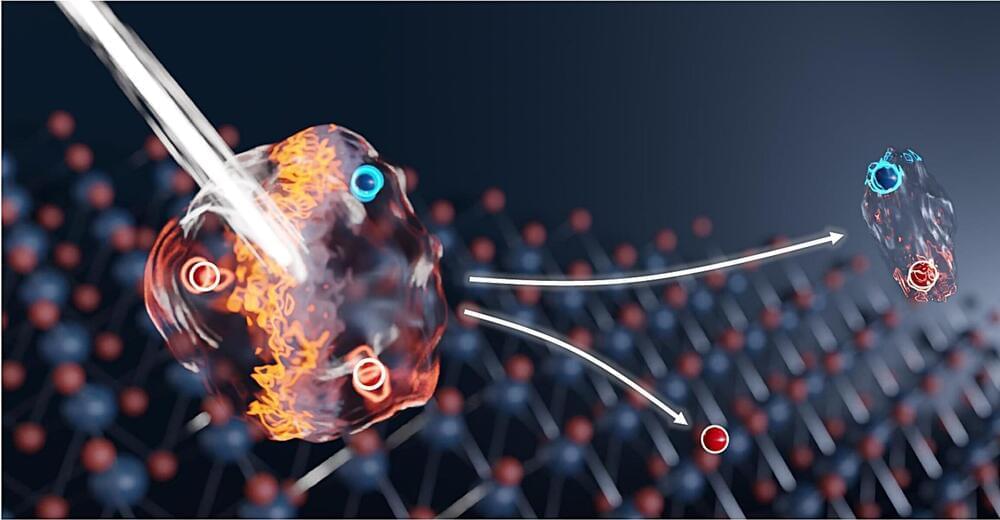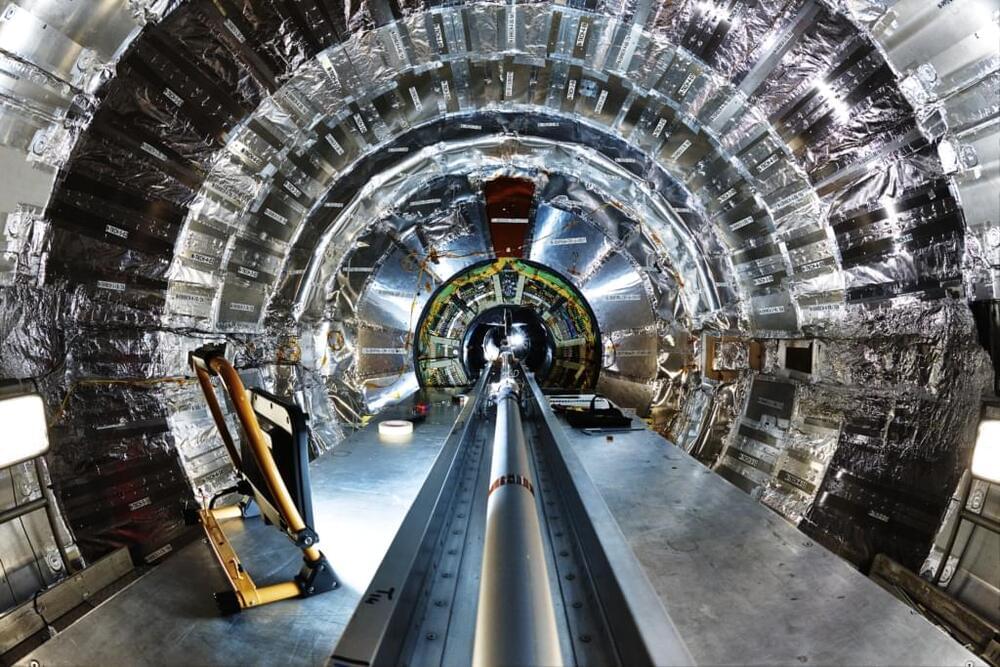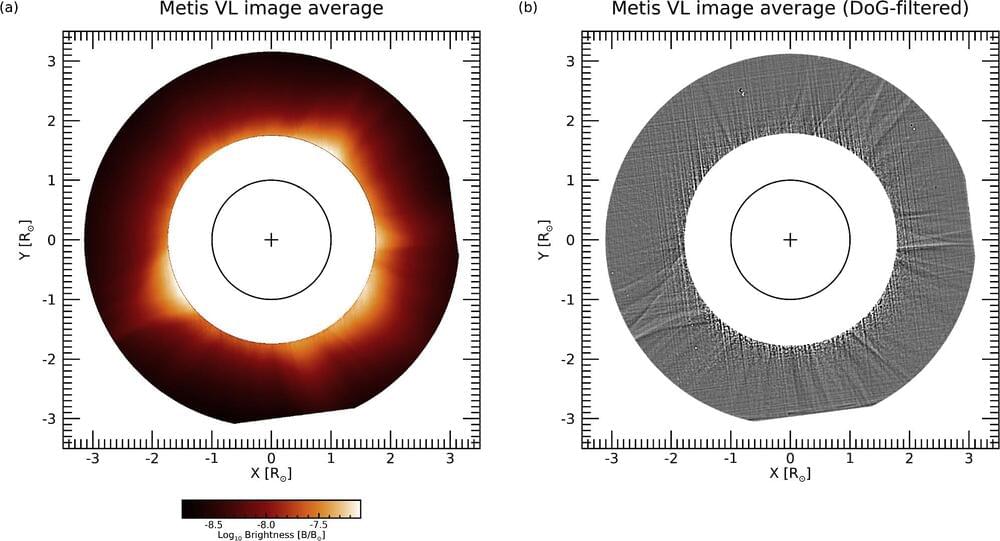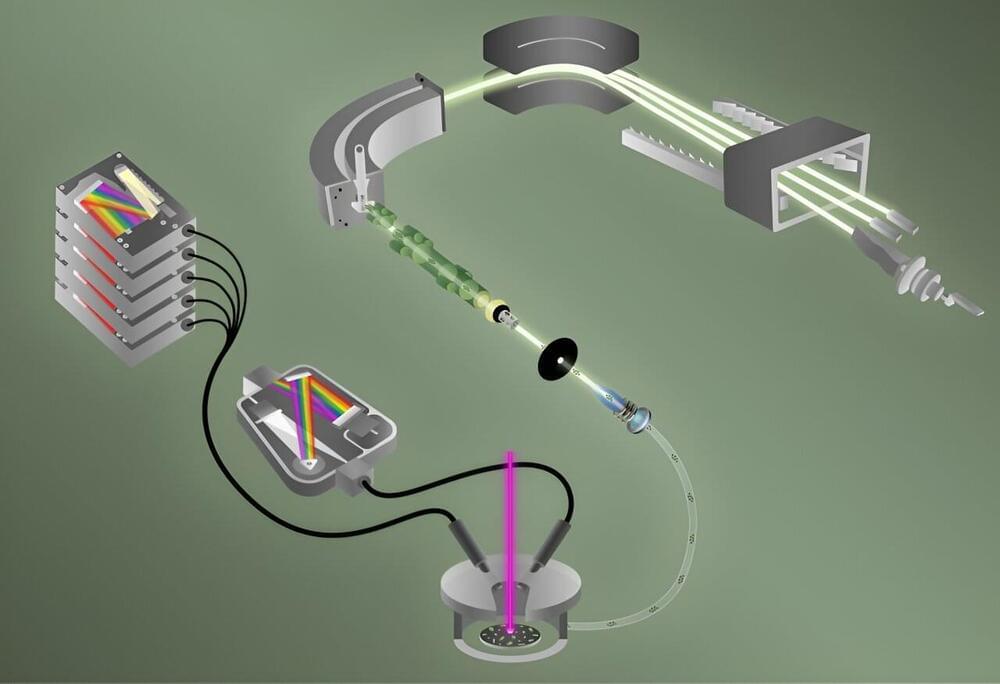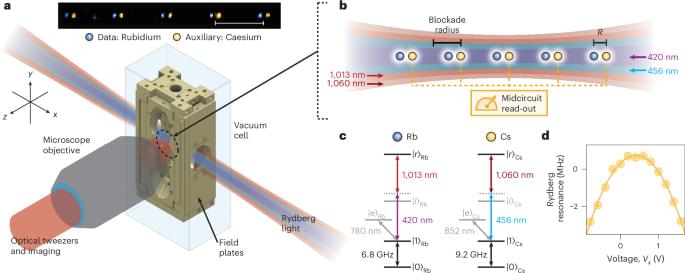Extremely thin materials consisting of just a few atomic layers promise applications for electronics and quantum technologies. An international team led by TU Dresden has now made remarkable progress with an experiment conducted at Helmholtz-Zentrum Dresden-Rossendorf (HZDR): The experts were able to induce an extremely fast switching process between electrically neutral and charged luminescent particles in an ultra-thin, effectively two-dimensional material.
Category: particle physics – Page 98
In the Large Hadron Collider (LHC), counter-rotating beams of protons travel in separate chambers under high vacuum to avoid scattering with gas molecules.
By insourcing beryllium beam-pipe production, CERN will gain direct control of the manufacturing process, allowing stricter quality assurance and greater flexibility to meet changing experimental requirements. The new facility will include several spaces to perform metallurgical analysis, machining of components, surface treatments, final assembly by electron-beam welding, and quality control steps such as metrology and non-destructive tests. As soon as beryllium beampipes are fabricated, they will follow the usual steps for ultra-high vacuum conditioning that are already available in CERN’s facilities. These include helium leak tests, non-evaporable-getter thin-film coatings, the installation of bakeout equipment, and final vacuum assessments.
Once the new workshop is operational, the validation of the different manufacturing processes will continue until mid-2026. Production will then begin for new beam pipes for the ALICE, ATLAS and CMS experiments in time for the HL-LHC, as each experiment will replace their pixel tracker – the sub-detector closest to the beam – and therefore require a new vacuum chamber. With stricter manufacturing requirements, never accomplishment before now, and a conical section designed to maximise transparency in the forward regions where particles pass through at smaller angles, ALICE’s vacuum chamber will pose a particular challenge. Together totalling 21 m in length, the first three beam pipes to be constructed at CERN will be installed in the detectors during the LHC’s Long Shutdown 3 from 2027 to 2028.
By bringing beam-pipe production in-house, CERN will acquire unique expertise that will be useful not only for the HL-LHC experiments, but also for future projects and other accelerators around the world, and preserve a fundamental technology for experimental beam pipes.
Solar wind is a never-ending stream of charged particles coming from the sun. Rather than a constant breeze, this wind is rather gusty. As solar wind particles travel through space, they interact with the sun’s variable magnetic field, creating chaotic and fluctuating motion known as turbulence.
Combining two techniques, analytical chemists at the Department of Energy’s Oak Ridge National Laboratory have become the first to detect fluorine and different isotopes of uranium in a single particle at the same time. Because fluorine is essential for converting uranium into a form suitable for enrichment, spotting both elements together may help inspectors of the International Atomic Energy Agency, or IAEA, determine the intended use of a nuclear material.
A decade after the discovery of the “amplituhedron,” physicists have excavated more of the timeless geometry underlying the standard picture of how particles move.
A new technology to continuously place individual atoms exactly where they are needed could lead to new materials for devices that address critical needs for the field of quantum computing and communication that cannot be produced by conventional means, say scientists who developed it.
A research team at the Department of Energy’s Oak Ridge National Laboratory created a novel advanced microscopy tool to “write” with atoms, placing those atoms exactly where they are needed to give a material new properties.
“By working at the atomic scale, we also work at the scale where quantum properties naturally emerge and persist,” said Stephen Jesse, a materials scientist who leads this research and heads the Nanomaterials Characterizations section at ORNL’s Center for Nanophase Materials Sciences, or CNMS. “We aim to use this improved access to quantum behavior as a foundation for future devices that rely on uniquely quantum phenomena, like entanglement, for improving computers, creating more secure communications and enhancing the sensitivity of detectors.”
For the past few years, a series of controversies have rocked the well-established field of cosmology. In a nutshell, the predictions of the standard model of the universe appear to be at odds with some recent observations.
There are heated debates about whether these observations are biased, or whether the cosmological model, which predicts the structure and evolution of the entire universe, may need a rethink. Some even claim that cosmology is in crisis. Right now, we do not know which side will win. But excitingly, we are on the brink of finding that out.
To be fair, controversies are just the normal course of the scientific method. And over many years, the standard cosmological model has had its share of them. This model suggests the universe is made up of 68.3 percent “dark energy” (an unknown substance that causes the universe’s expansion to accelerate), 26.8 percent dark matter (an unknown form of matter) and 4.9 percent ordinary atoms, very precisely measured from the cosmic microwave background —the afterglow of radiation from the Big Bang.
In quantum computing, scientists often work with arrays of atoms called Rydberg atom arrays, which allow them to simulate quantum systems and perform computations.
Rydberg atoms in optical tweezers are a promising platform for quantum information science. A platform composed of dual-species Rydberg arrays has been realized, offering access to unexplored interaction regimes and crosstalk-free midcircuit control.
Spintronics—devices that use microscopic magnetism in conjunction with electric current—could lead to computing technology as fast as conventional electronics but much more energy efficient. As such devices are developed and studied, an important unresolved question is how device operation is affected by heating.
Scientists are conducting experiments in search of evidence of a possible critical point in the Quantum Chromodynamics phase diagram. Quantum chromodynamics describes how the strong force binds quarks and antiquarks together to form protons, neutrons, and other particles known as hadrons.
